Mudskippers are a typical fish in the mangrove area. Despite their ugly appearance, this small fish is special in that it can swim, run on water and land, and can also climb trees - Photo: THANH HUYEN
Ca Mau province has about 90,000 hectares of mangrove forests stretching along the coast, about 254km from the East Sea (Tan Thuan commune, Dam Doi district) to the West Sea (Khanh Tien commune, U Minh district).
Mangrove forests in Ca Mau have the second largest area in the world , after the Amazon forest of South America.
Ca Mau has nearly 40,000 hectares of ecological shrimp and crab farming under the forest canopy - Photo: THANH HUYEN
This place has a very unique and diverse ecosystem, with rich vegetation including many types of trees: mangrove, acacia, parrot, banyan, stone, su, toad... and many species of animals such as: shrimp, crab, fish, clams, snails, crabs, oysters...
In addition to its anti-erosion mission, Ca Mau mangrove forests also help to deposit seawater, increasing the territorial area of our country. Specifically, to the west of Ca Mau Cape, there is a large alluvial plain with an area of 6,500 hectares, which every year, thanks to alluvial deposits, gradually encroaches 50-80m into the sea.
Tourists coming to Ca Mau will be able to freely "ride" on a canoe through the forest - Photo: THANH HUYEN
Clam beaches stretch along the coast. Visitors can catch them themselves and process them into many different dishes - Photo: THANH HUYEN
For generations, Ca Mau mangrove forests have been a conservation area, providing safe shelter for many rare and precious wildlife species. At the same time, the extremely diverse ecosystem along the forest edge has created livelihoods for many households from catching crabs and snails. The products under the forest canopy have delighted visitors from near and far because of their deliciousness and firmness.
Catching clams by hand on the coastal alluvial ground is an interesting experience for tourists from near and far - Photo: THANH HUYEN
When mentioning the place names Nam Can and Ngoc Hien in Ca Mau province, people not only immediately think of the vast mangrove forests, but also admire the culinary delights of the sea crab in this land.
Ca Mau crabs are famous nationwide for their firm, sweet meat due to living in an area with a lot of alluvial deposits - Photo: THANH HUYEN
In addition to exploring nature, visitors can also organize group picnics, set up tents to camp overnight or stay overnight in the fresh nature; prepare dishes by themselves by the red-hot charcoal stove, such as boiled crab, shrimp paste, snails stir-fried with coconut, brown fish braised with star fruit, three-sided crab, etc.
Catching brown fish under the forest canopy to make braised brown fish with star fruit is an interesting choice when coming to Ca Mau - Photo: THANH HUYEN
A feature of the Cape that you cannot miss is the salted crab specialty. The crab belongs to the crab family, often living in mangrove areas, they eat fallen black mangrove fruits so their meat is very firm and has red roe.
Catching crabs at night is one of the ecotourism activities in Ca Mau that attracts many tourists - Photo: THANH HUYEN
Dam Doi salted crab is one of the products that has achieved 4-star OCOP certification in Ca Mau - Photo: THANH HUYEN
The snail lives under the forest canopy, often crawling up the trees when the water is high and crawling down to the roots when the tide is low. This snail is stir-fried with coconut milk and a little spice, the delicious taste of the snail meat mixed with the fatty taste of the coconut milk will create an unforgettable impression for diners.
Catching snails when the water has just receded is an interesting experience - Photo: THANH HUYEN
Coconut-fried snails is a dish you should try at least once because of the sweetness of the snails and the richness of the coconut milk. In particular, this dish requires customers to use strong suction to make the snails run into their mouths - Photo: THANH HUYEN
A typical rustic dish familiar in the meals of people in Ca Mau region is shrimp paste. With the rich flavor of shrimp, the spicy taste of chili and ginger, combined with crispy papaya and the characteristic sour taste of the fish sauce, creating an extremely attractive dish.
Shrimp paste is often combined with pork and sour and astringent fruits to neutralize the aroma of the fish sauce and the richness of the pork - Photo: THANH HUYEN
Ca Mau specialties with delicious flavors typical of the West will bring you impressive taste experiences that once tasted will be hard to forget.
Ca Mau mangrove forests have two types: coastal mangrove forests and production forests.
Animals living under the canopy of coastal mangrove forests and alluvial areas for aquatic regeneration will be strictly protected, and exploitation and fishing in all forms will be prohibited.
Production forests are granted to people to both raise shrimp and crabs and develop the economy and do tourism. In production forest areas, people will be able to exploit products under the forest canopy or raise a variety of aquatic species.
Tuoitre.vn
Source: https://tuoitre.vn/thuong-thuc-dac-san-duoi-tan-rung-ngap-man-lon-thu-2-the-gioi-20250316192830009.htm#content-5


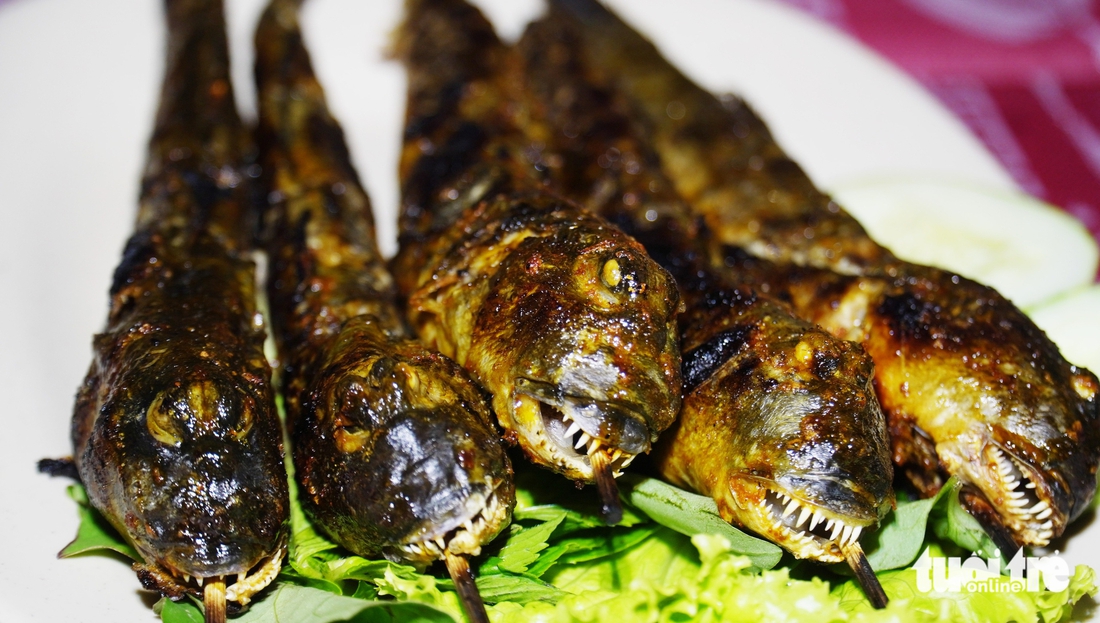
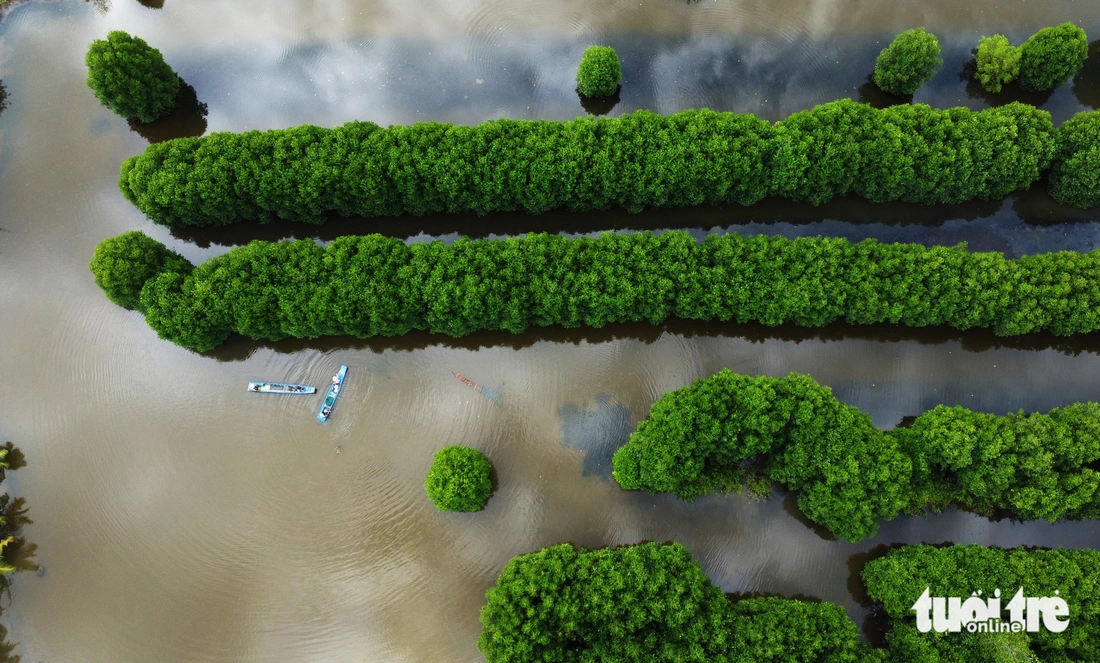

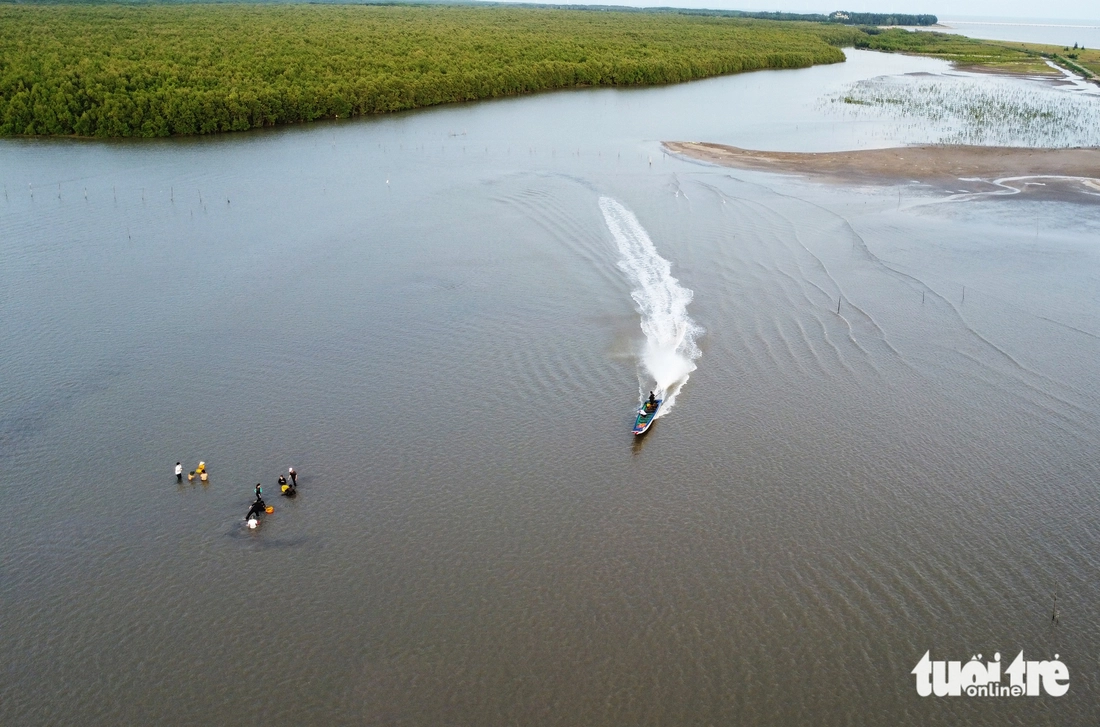
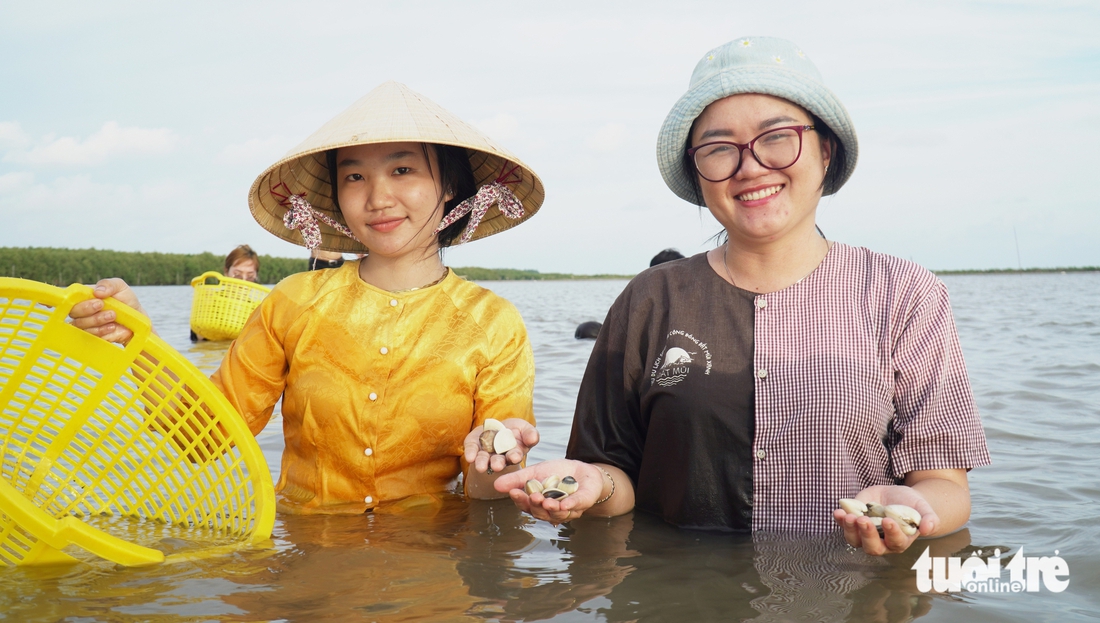
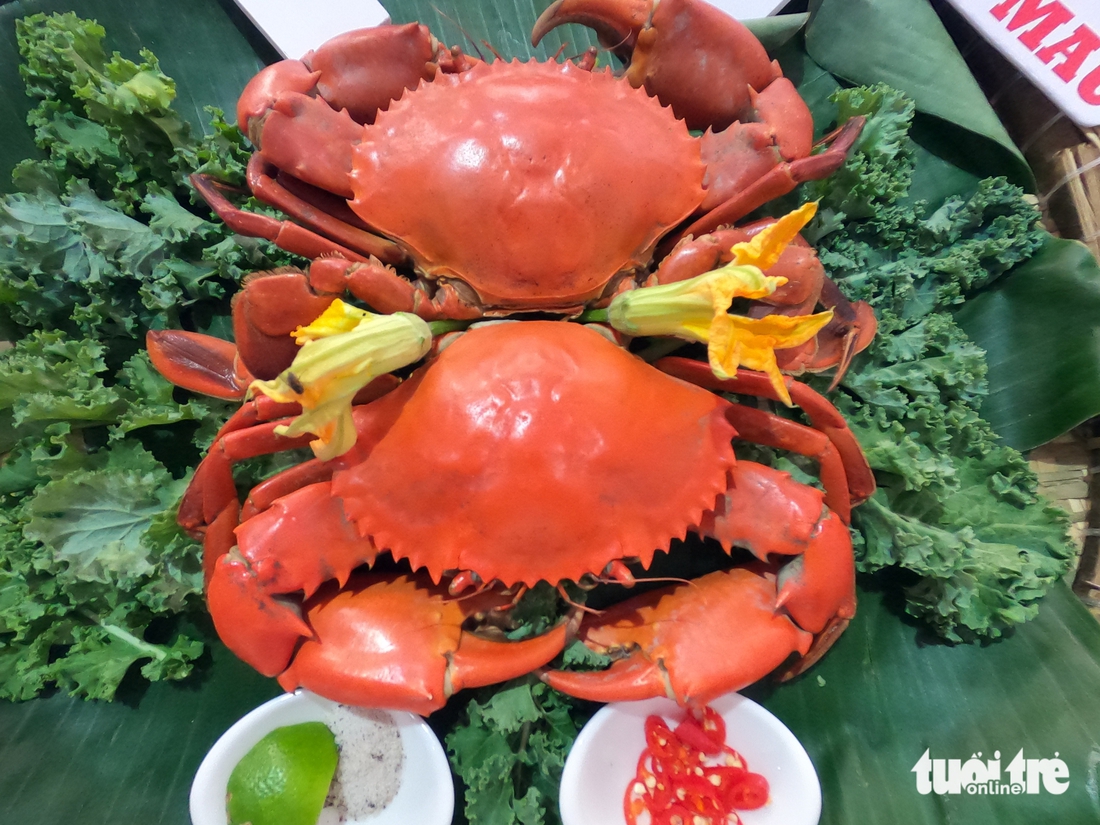
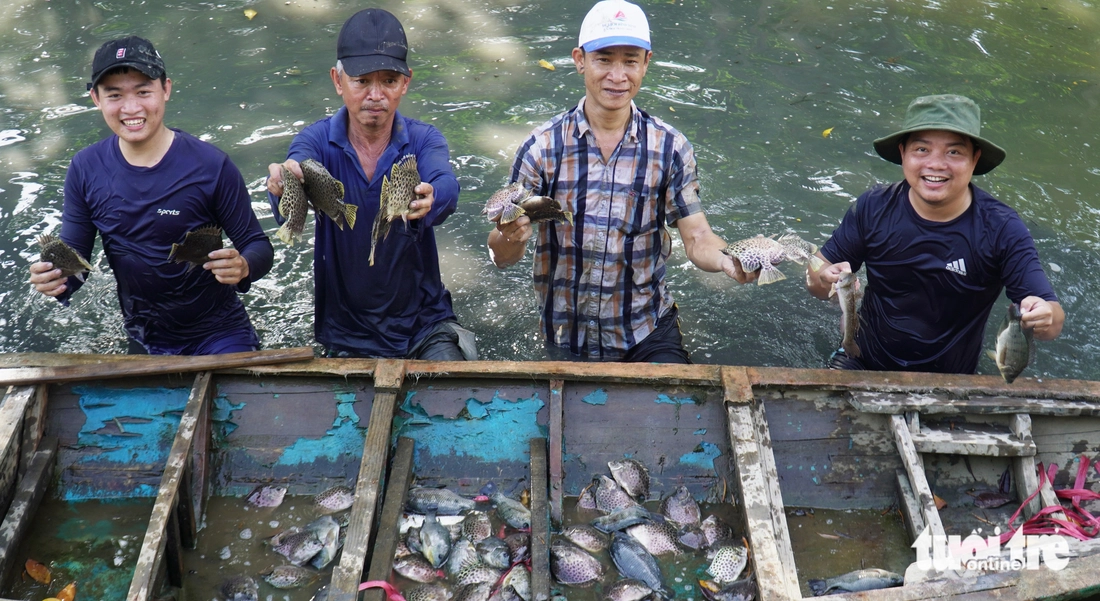
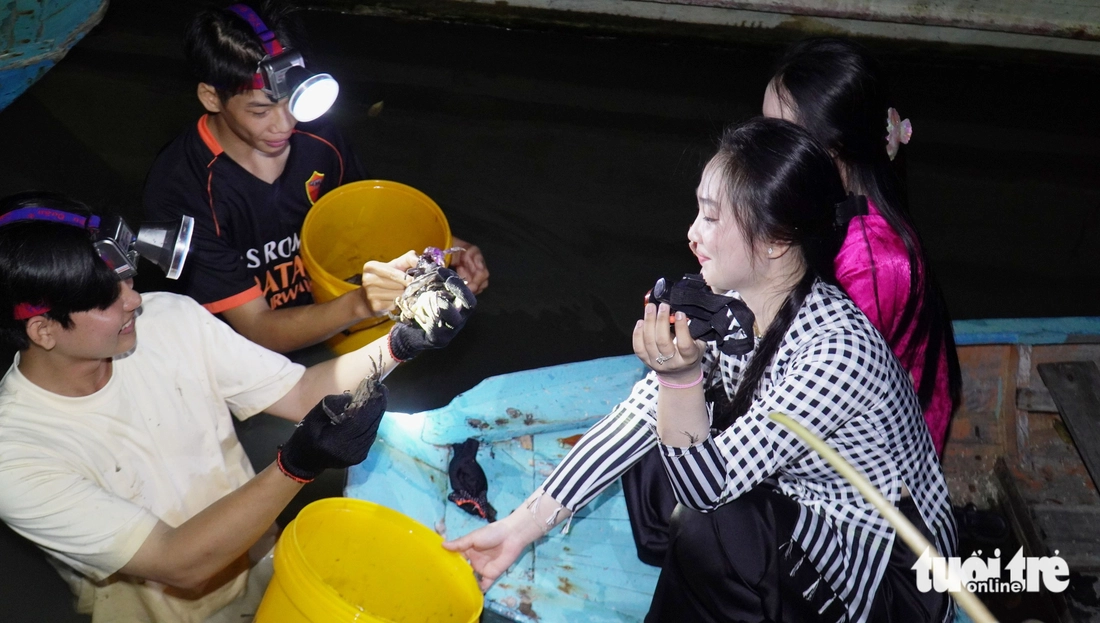
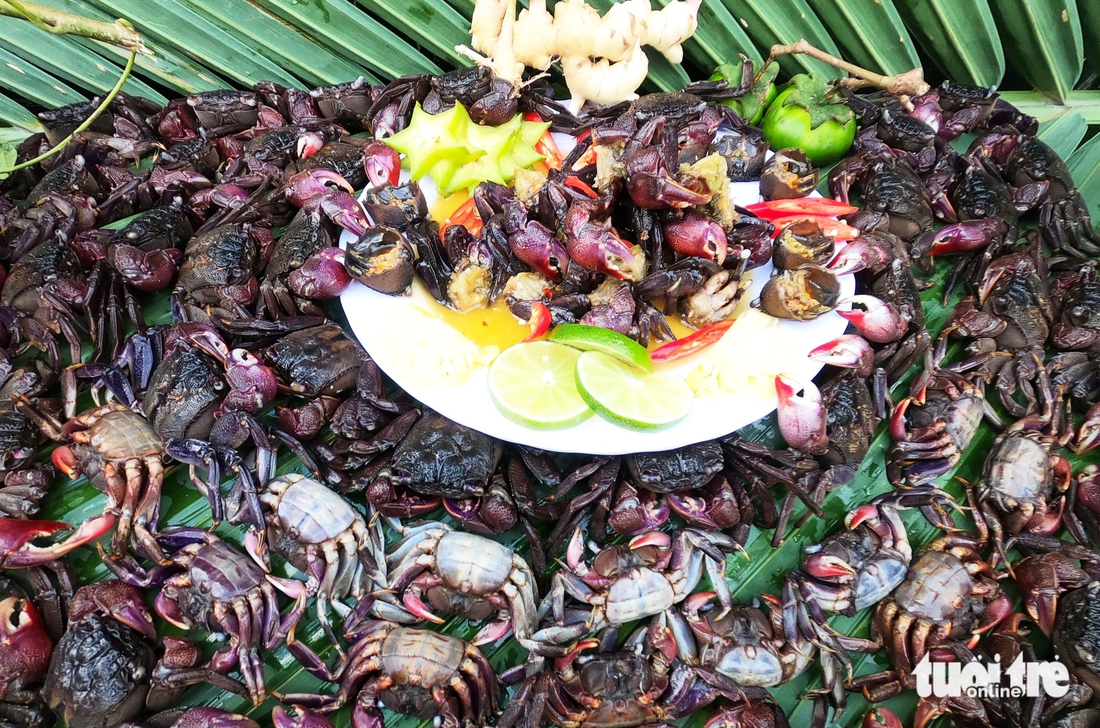
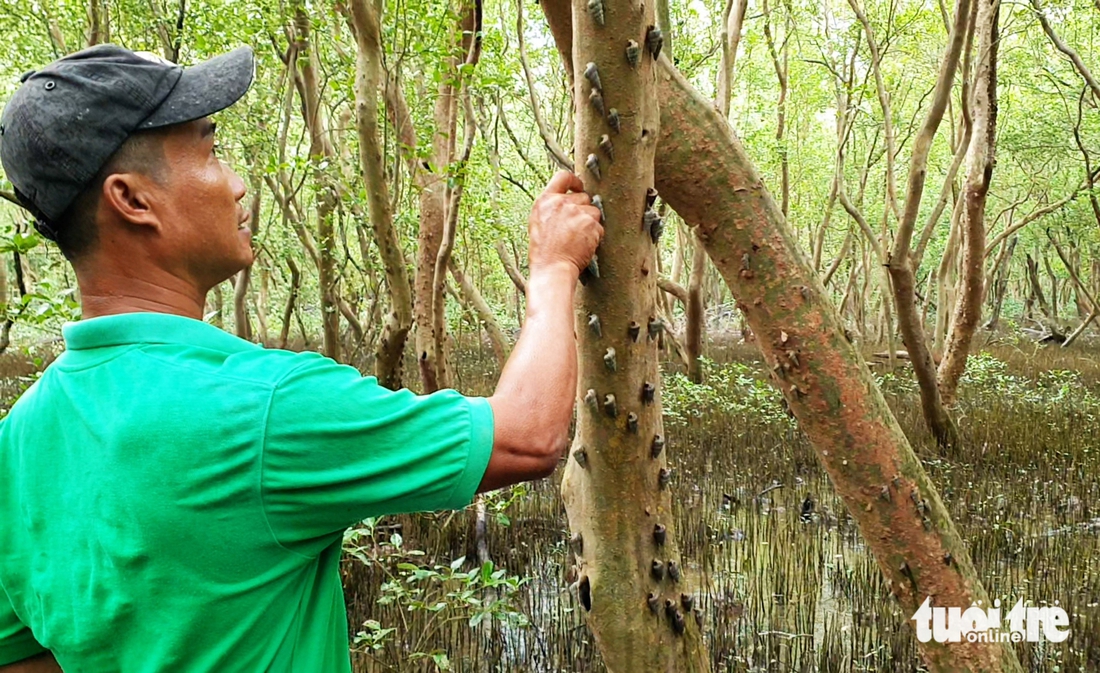
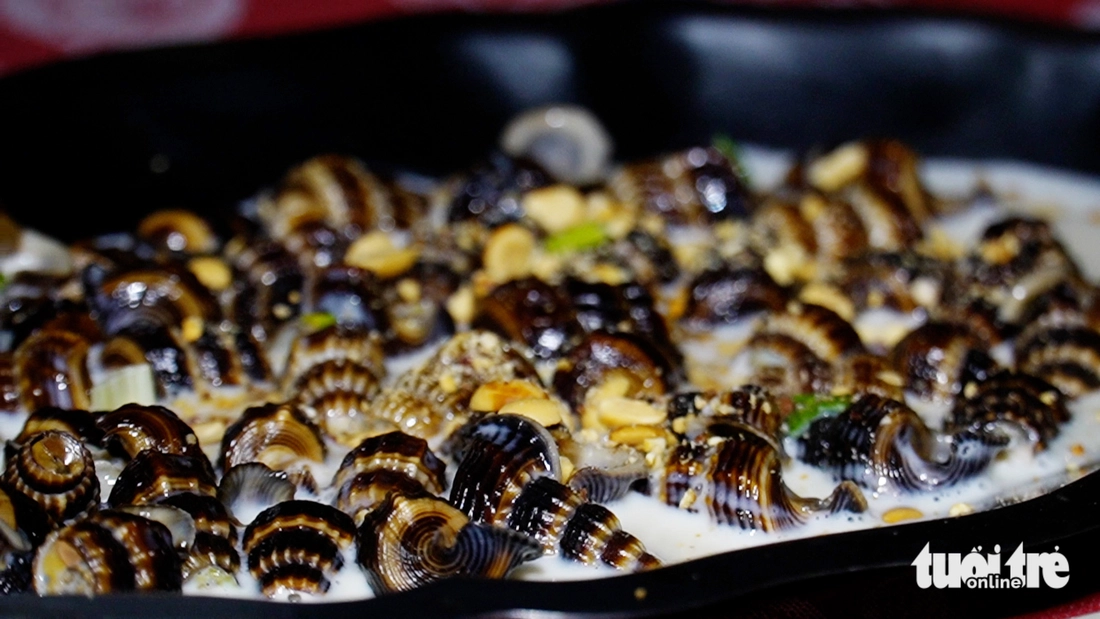
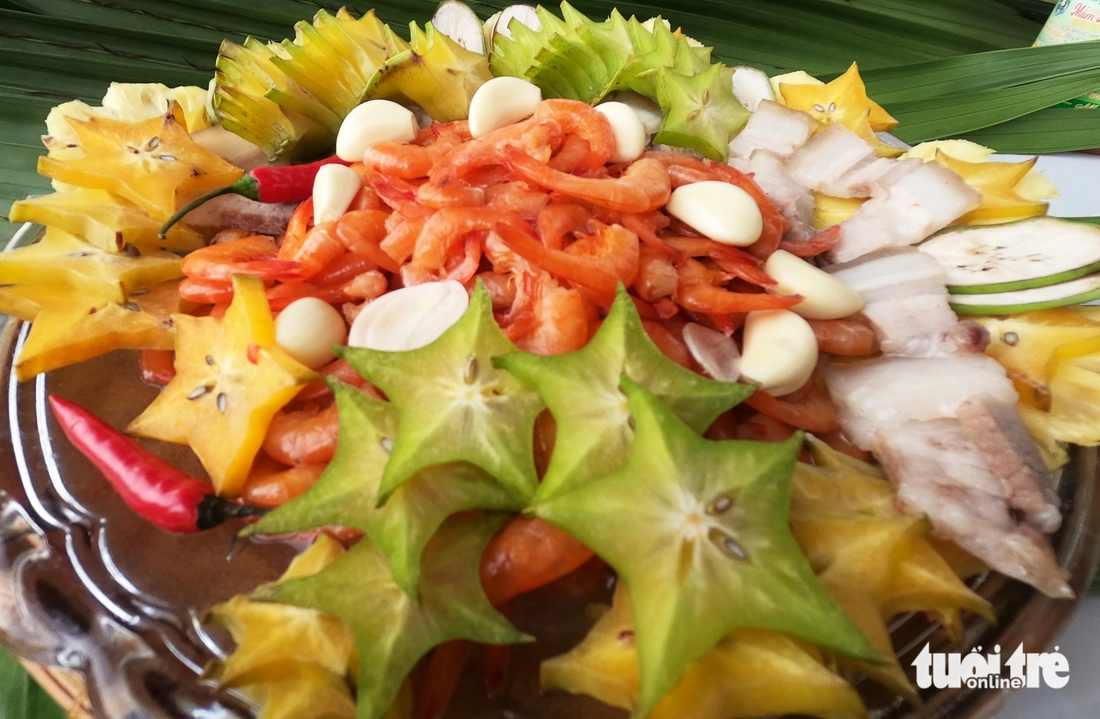




![[Photo] Binh Trieu 1 Bridge has been completed, raised by 1.1m, and will open to traffic at the end of November.](https://vphoto.vietnam.vn/thumb/1200x675/vietnam/resource/IMAGE/2025/10/2/a6549e2a3b5848a1ba76a1ded6141fae)

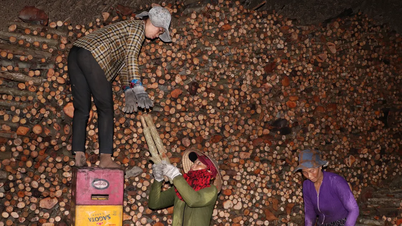











![[Photo] Binh Trieu 1 Bridge has been completed, raised by 1.1m, and will open to traffic at the end of November.](https://vphoto.vietnam.vn/thumb/402x226/vietnam/resource/IMAGE/2025/10/2/a6549e2a3b5848a1ba76a1ded6141fae)






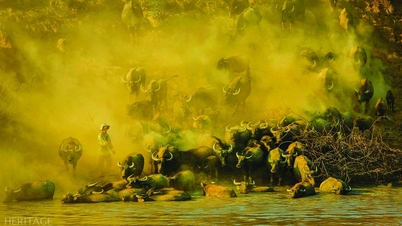










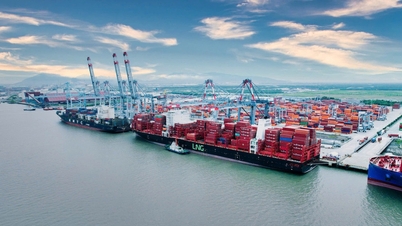
















































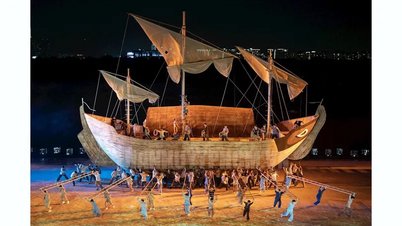

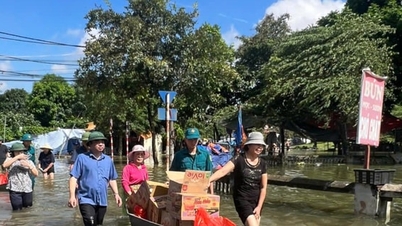
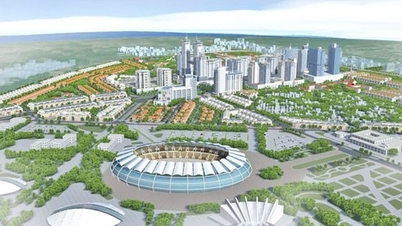

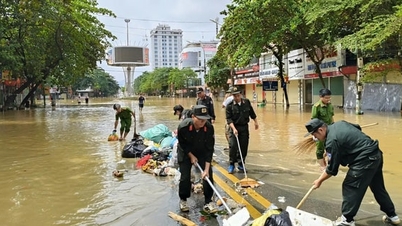













Comment (0)